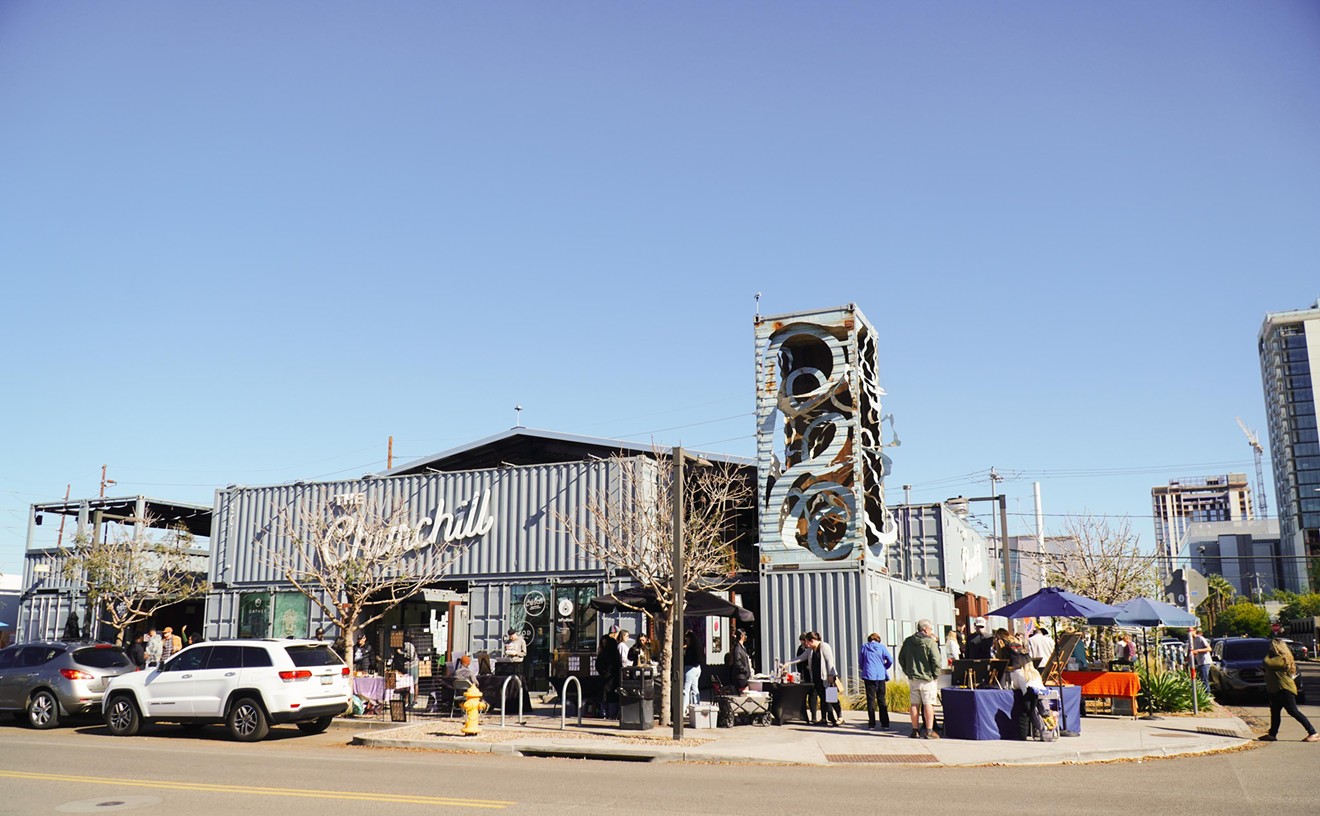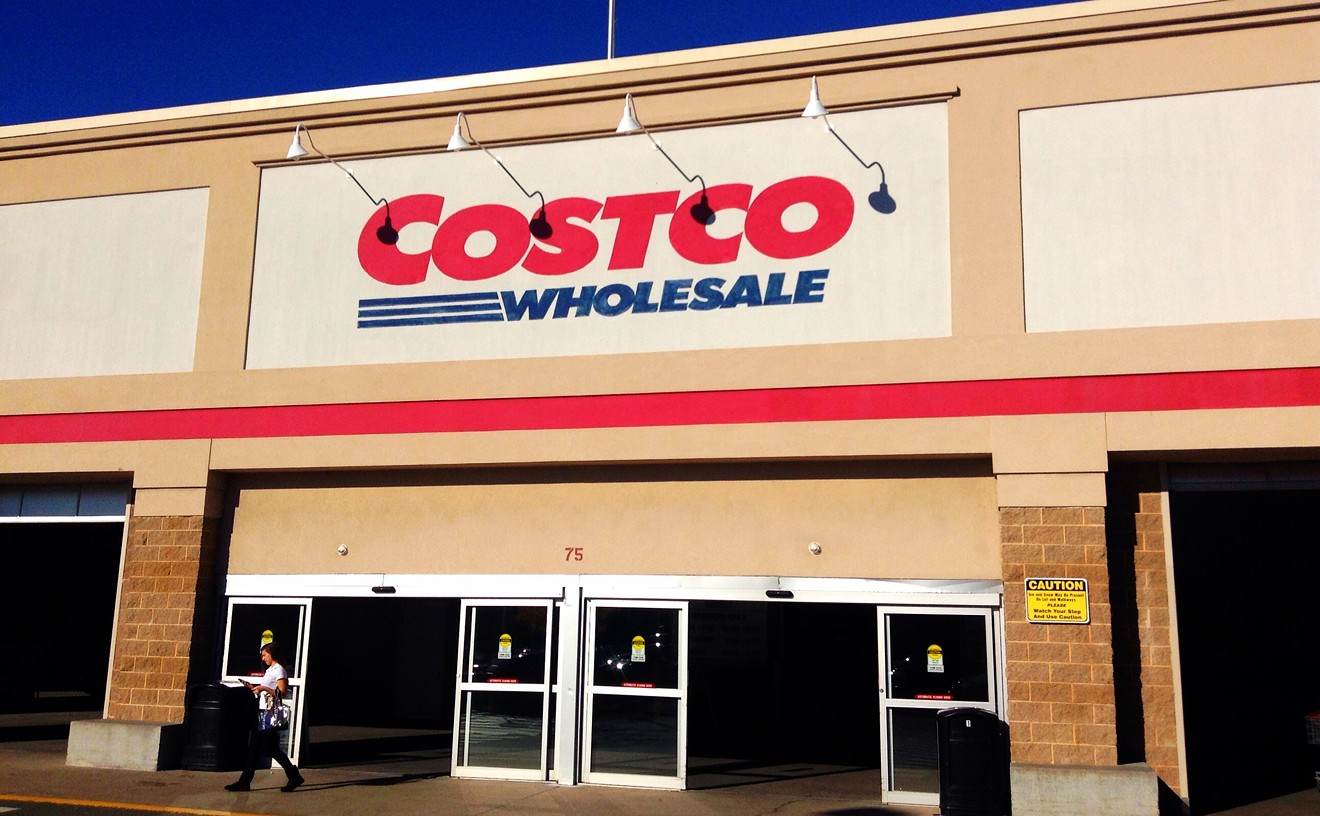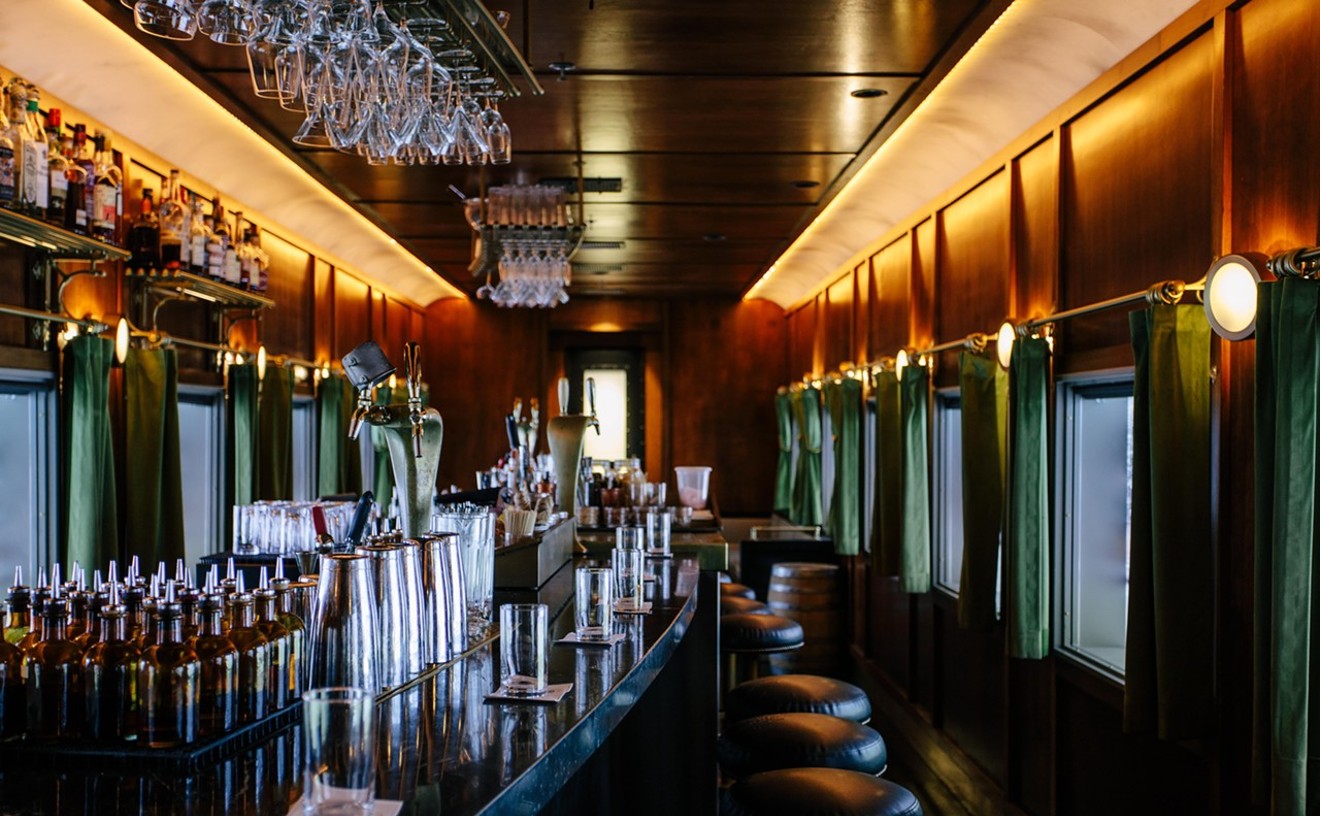On Thursday, we talked about how Japanese beer company Kirin has introduced a series of "Frozen Gardens" that will not only serve you an ice cold brew but also top it with a layer of delicious-looking soft-serve beer foam.
See Also: Soft Serve Beer Foam See Also: Powdered Food DIY Kits From Japan Are Kinda Creepy but Also Awesome
From the Kirin advertisement, we know that their process involves cooling the beer to -5 Celsius, below the freezing point of water. You would imagine that beer as cold as that would result in a beercicle rather than a tasty soft treat. What's more, this is not the first time Japan has been fascinated by liquids that are can be poured into tasty frozen treats.
What you're seeing above is called supercooling. The water inside those liquids is cold enough to freeze but, through a neat loophole in chemistry, not able to freeze until it gets a little help by being poured out or jolted by a shock.
And, of course, you can try this at home. You'll need the following:
- 2 bottles of filtered water. Not mineral, not flavored water, just plain water, preferably filtered by reverse osmosis.
- A freezer.
- Patience.
- Take bottle #1 and drink it. It's summer, you're probably dehydrated, so suck it up. Fill this bottle up with delicious and refreshing Phoenix tap water.
- Place both bottles in the freezer.
- Leave them alone for at least 2 hours.
- Check on them every 10 minutes after that. When the tap water is frozen but the other bottle is not, you have your very own bottle of supercooled water.
- Remove from freezer and go wild. Pour it out, give it a smack with a hammer, whatever "bump" you wish to give it should set off a cascade of frozen goodness.
This process should work with many other beverages, as well. The key, of course, is to pull it out of the freezer when it's super-cooled and not when it's a frozen brick. If you pass that magic moment and stray into frozen territory, you'll need to completely thaw the bottle before trying it again. Or if you're absurdly wealthy, you could just buy a specially designed freezer designed to do all the hard work for you.
To understand what's going on, let's keep it simple. Molecules are like Legos that naturally want to click together into a Lego panda. A bunch of Legos, all clicked together, is a solid. A bunch of Legos carpeting the floor and endangering your feet is a liquid. Heat and other forms of energy are the hands of an impatient 5-year-old. As a solid warms up, more energy is passed to each molecule in the solid. Our cosmic 5-year-old is reaching into the Lego wall you've built and jiggling not one, because that would be reasonable, but all of the Legos in the wall. The more the 5-year-old jiggles, the harder it is for the wall to stay together. If the 5-year-old jiggles everything hard enough, probably because she was asked to stop jiggling, then the Legos eventually will shake itself apart. That point, the point of maximum jiggling that causes the Legos to stop sticking to each other, is called the melting point.
Now, the reverse of melting is freezing, and it's a bit more complicated. As long as our agitated 5-year-old keeps SHAKING THOSE DAMN LEGOS, we can never rebuild the Lego panda. But if we can calm down the 5-year-old, by removing energy and cooling everything down, the Legos eventually still will be enough that it is possible to stick them together again. But Legos stick together only in a specific way -- the nubs have to go into the bottom of other pieces. So even though the Legos want to click together and build a panda, they can't unless they're all facing roughly the right direction.
This is when supercooling occurs. The 5-year-old has been banished from the room and everything is calmer/cooler than it was, even calmer than when the model panda was still whole. The Legos/molecules will happily start putting themselves together, but they need something to get them started. They need someone to give the whole room a shake and possibly get some of those Legos to click together and get the process started.
So in the case of a supercooled liquid, that "shake" could be a literal one, as shown here:
In the case of the frozen beer foam and the fluids in the longer video, it's the act of pouring them out into a glass. The secret to supercooling is to cool a fluid to that point when the 5-year-old has left the room but not so cold that the Legos start clicking together on their own. If you keep the temperature in the sweet spot and don't mess with it, it'll remain a fluid even though it's technically cold enough to be a solid.










